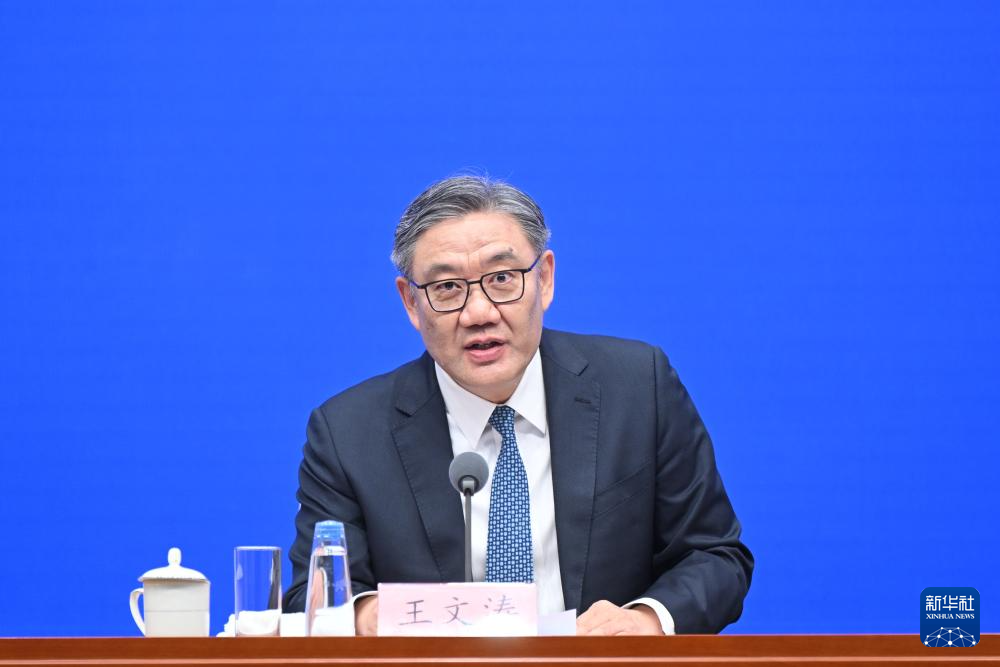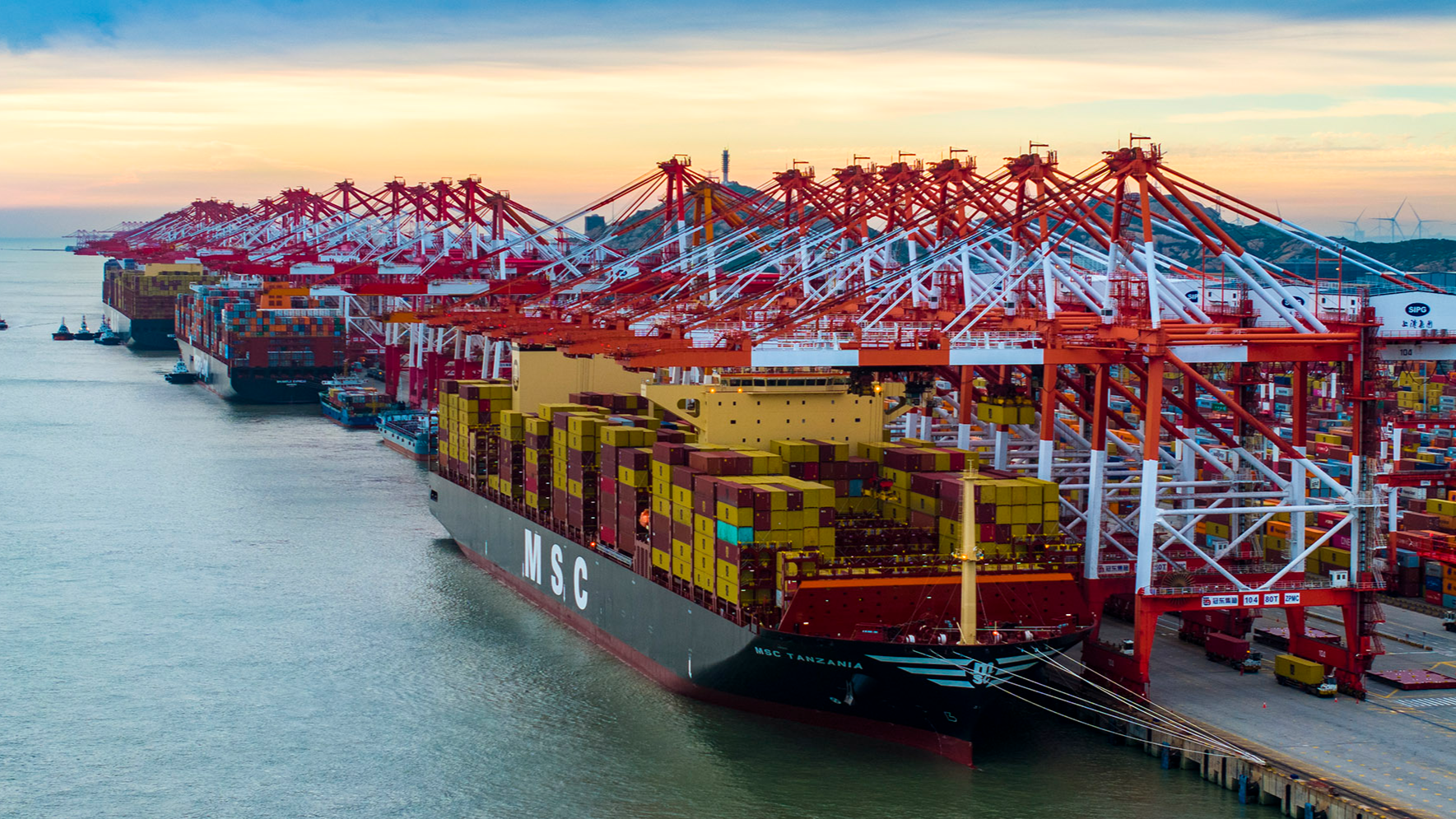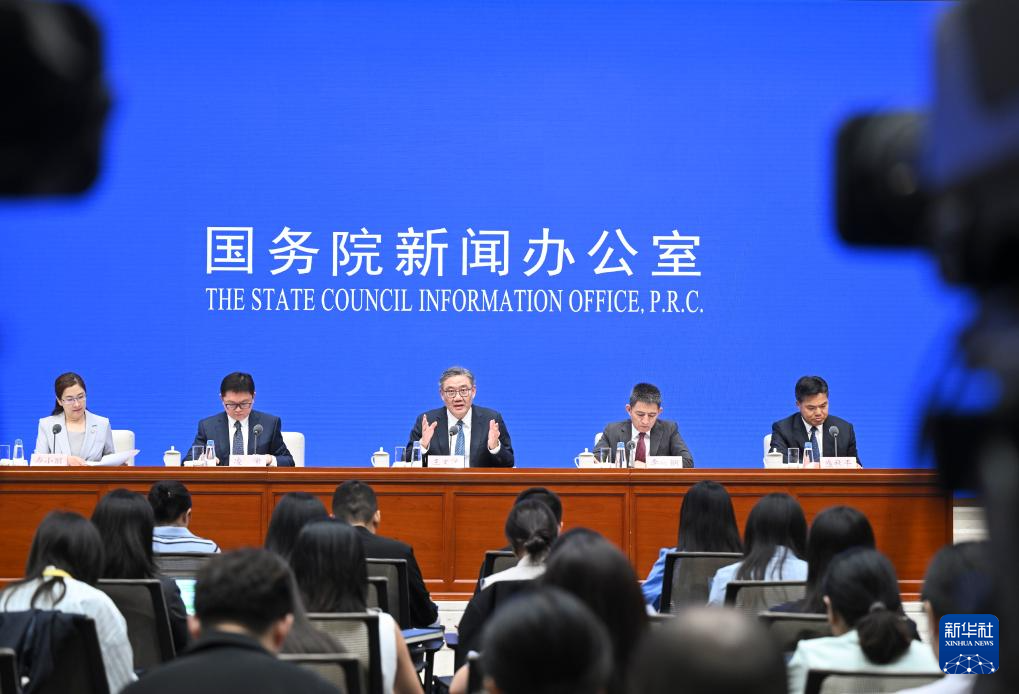
BEIJING - Foreign direct investment (FDI) into the Chinese mainland, in actual use, has exceeded the target of $700 billion since the start of the 14th Five-Year Plan period (2021-2025), China's Commerce Minister Wang Wentao told a press conference on Friday.
Retail sales
He also pointed out that the retail sales of consumer goods in China grew 5.5 percent on average annually over the past four years, and are expected to top 50 trillion yuan ($7 trillion) in 2025.
The retail sales of consumer goods in China rose to 48.3 trillion yuan in 2024 from 39.1 trillion yuan in 2020, Wang said.
According to the World Bank, in terms of actual purchasing power, China's retail sales of consumer goods surpassed that of the United States, reaching 1.6 times the level of the United States last year.
Consumption has contributed around 60 percent of China's economic growth on average annually over the past four years, and the role of consumption as the economy's main engine has continued to strengthen, Wang said.
Sales revenue under trade-in programs in China has surpassed 2.9 trillion yuan as of the end of June.
ALSO READ: Consumption-friendly policies paying off

China's service consumption continues to grow rapidly, with household spending on services reaching 46.1 percent last year, according to Wang.
During the 15th Five-Year Plan period (2026-2030), China will continue to reduce restrictive measures in the service consumption sector, Wang said.
From 2021 to 2024, China imported consumer goods worth 7.4 trillion yuan, demonstrating the significant contribution of its vast market to global development.
China has refined its departure tax refund policy, and the total spending by inbound tourists reached $94.2 billion in 2024, marking a remarkable increase of 77.8 percent year-on-year, Wang added.
Outbound investment
Meanwhile, the commerce minister said the country's outbound investment maintained an average annual growth rate of over 5 percent during the past four years, making it among the world's top three investors.

Import of consumer goods
China has imported consumer goods worth 7.4 trillion yuan between 2021 and 2024, the first four years of the 14th Five-Year Plan period, according to Wang.
Citing figures of the World Trade Organization, he said goods imports by the Chinese mainland and the Hong Kong Special Administrative Region accounted for about 13.3 percent of global imports in 2024 - close to the United States' 13.6 percent.
China is thus the world's second-largest import market, almost on par with the United States, as well as a major export destination for nearly 80 countries and regions, the minister said.
To encourage more quality goods and services into the Chinese market, Wang said China has fostered international consumption center cities, established national demonstration zones for innovation and promotion of imports, and hosted major expos such as the China International Import Expo and the China International Consumer Products Expo.

"China's vast market has become a shared market for the world and will continue to serve as a key source of growth and vitality for the global economy," he told the press.
China has remained the world's largest goods trader for eight consecutive years, with total goods trade reaching $6.16 trillion in 2024, a 32.4 percent increase from 2020.
Meanwhile, the share of China's exports to the United States fell from 17.4 percent of its total exports in 2020 to 14.7 percent in 2024, according to Wang.
"The production and supply chains supporting China's foreign trade have become more complete, flexible and efficient, enhancing the country's resilience and confidence in navigating risks and challenges," he said.
Noting that China has long run a services trade deficit, Wang pointed out that the United States has been China's largest source of such deficit. Considering the fact that China is the largest contributor to the US goods trade deficit, he said this reflects the complementary strengths between the two economies.
Looking ahead to the upcoming 15th Five-Year Plan period, the minister said China will step up efforts to promote high-quality trade development with focus to be placed on both exports and imports, deepen international cooperation and enhance trade resilience.

Robust trade with countries involved in BRI
At the same press conference, Vice-Minister of Commerce Li Chenggang said China has seen robust trade and investment with countries participating in Belt and Road cooperation over the past years.
The combined trade between China and related countries climbed from $2.7 trillion in 2021 to $3.1 trillion last year, with an average annual growth rate of 4.7 percent, Li said. The volume accounted for 50.7 percent of China's total foreign trade in 2024, up from 45.3 percent in 2021.
From 2021 to the first half this year, two-way investment between China and countries involved in the Belt and Road Initiative had accumulated to more than $240 billion, including over $160 billion flowing into countries involved in Belt and Road Initiative and over $80 billion into China.
Li said Belt and Road cooperation projects had advanced steadily, enhanced infrastructure connectivity, improved people's lives and fostered talent for local development. From 2021 to the first half of this year, China's overseas engineering contracts had reached a cumulative turnover of nearly $600 billion.
To develop emerging industries and expand cooperation space, China has signed investment cooperation memorandums with more than 50 countries participating in the Belt and Road Initiative in key sectors such as the digital, green, and blue economies. The Silk Road e-commerce cooperation has expanded to 36 partner countries.


